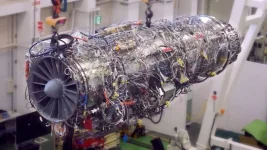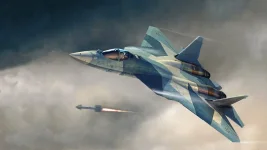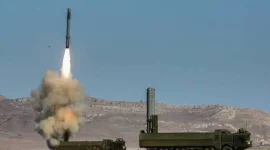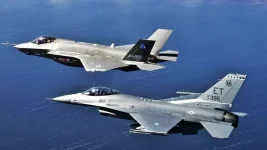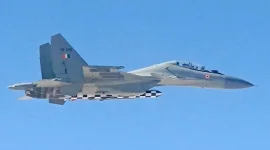India’s state-run Aeronautical Development Agency (ADA) has invited interest in developing fifth-generation stealth fighter jet AMCA, a document uploaded on its website showed on Wednesday.
The project is crucial for the Indian Air Force, whose squadrons of mainly Russian and former Soviet aircraft have fallen to 31 from an approved strength of 42 at a time when rival China is expanding its air force rapidly.
Pakistan, on the other hand, has one of China’s most advanced warplanes, the J-10, in its arsenal.
In March, an Indian defence committee had recommended including the private sector in military aircraft manufacturing to shore up the capabilities of the Indian Air Force and reduce the burden on state-owned Hindustan Aeronautics Ltd, which makes most of India’s military aircraft.
Air Chief Marshal Amar Preet Singh has previously criticised Hindustan Aeronautics for slow delivery of light combat Tejas aircraft, a 4.5 generation fighter, which the firm blamed on slow delivery of engines from General Electric.
A 5th generation stealth fighter jet represents the pinnacle of modern military aviation, characterized by advanced stealth capabilities, cutting-edge avionics, and superior performance. These aircraft are designed to evade radar detection through a combination of low-observable (LO) technology, including radar-absorbent materials, specialized airframe shapes, and internal weapon bays that minimize radar cross-section. Beyond stealth, they feature advanced sensor fusion, where data from radar, infrared, and other sensors is integrated to provide pilots with unparalleled situational awareness. Examples include the U.S. F-22 Raptor and F-35 Lightning II, Russia’s Su-57, and China’s J-20. These jets are multirole, capable of air superiority, ground attack, and electronic warfare, with supercruise ability (sustained supersonic flight without afterburners) and network-centric warfare capabilities that enable real-time data sharing with other platforms.
Fifth-generation fighters incorporate artificial intelligence and advanced computing to enhance decision-making and reduce pilot workload, often featuring helmet-mounted displays and voice-activated controls. Their engines are designed for high thrust and efficiency, enabling agility and extended range, while their stealth features allow penetration of contested airspace with minimal detection risk. These jets are built for interoperability, integrating with drones, satellites, and command systems to dominate modern battlefields. Their development is costly and technologically intensive, requiring advanced manufacturing and expertise, which limits their production to a few nations. The emphasis on stealth, speed, and versatility makes them critical for maintaining air dominance in high-threat environments.
India’s pursuit of a 5th generation stealth fighter, primarily through its Advanced Medium Combat Aircraft (AMCA) program, is driven by strategic imperatives to counter regional threats and assert technological sovereignty.


